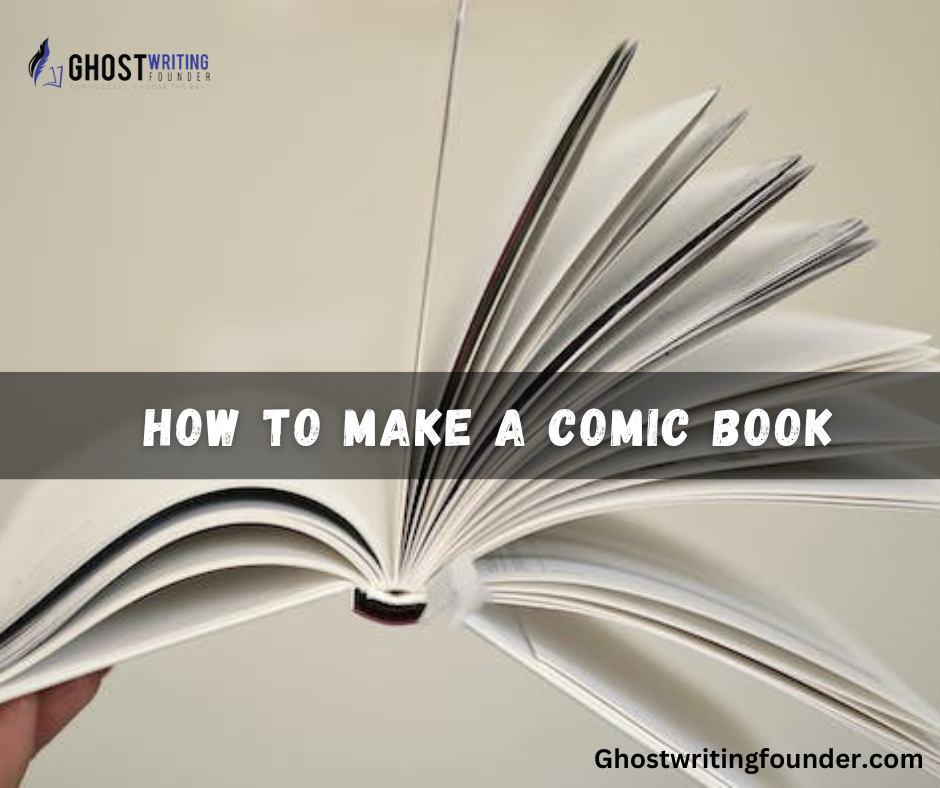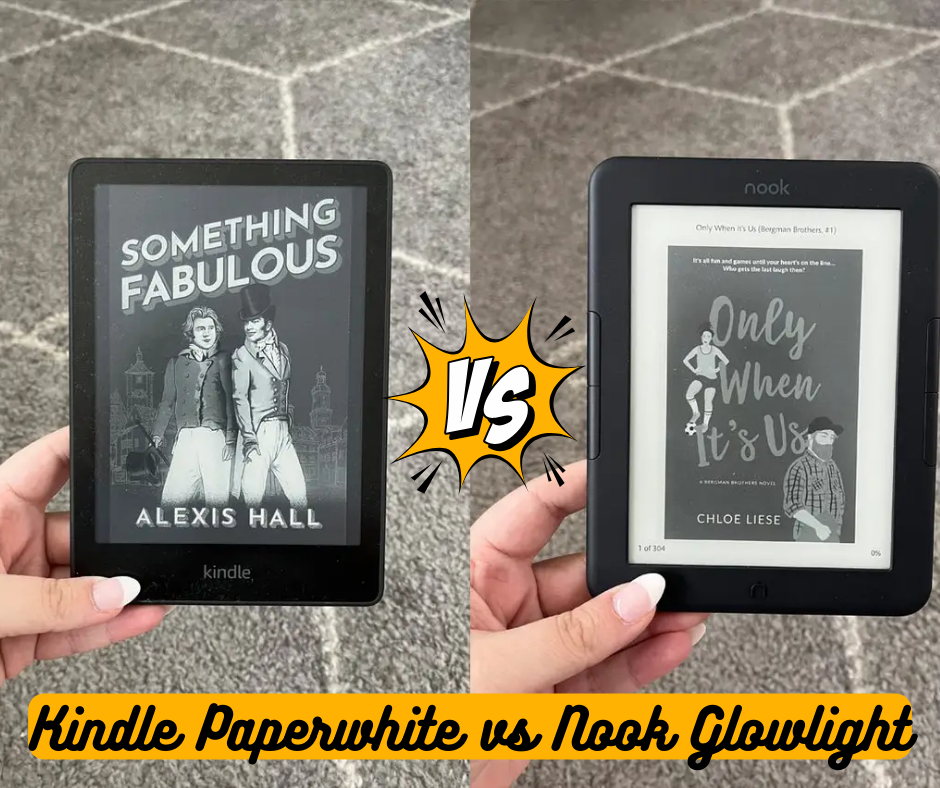
Book
Art can take us on exciting journeys, enabling us to discover new perspectives and stories. In the digital era, when visual storytelling is prevalent, comic books still engage readers of all ages.
Each component is essential to a comic book, from creating captivating characters to stunning visuals. For more on character creation, check out Writing for Different Age Groups. Creating a comic book is an exciting opportunity to showcase your imagination, creativity, and skill.
8 Steps to Create a Comic Book:
Everyone wants to know how to create a comic book, particularly one that becomes a smash, like blockbuster movies, TV episodes, books, and trade collections. Due to multiple adaptations and internet popularity, the comic book sector is experiencing a revival. The comic book is a great medium for excelling at this.
Read below to learn the step-by-step process of making a comic book:
1-Conceptualizing Your Comic Book
The first step in making a comic book is to develop a good idea. This means developing ideas, determining the genre, and making a compelling story arc. Think about what you want your comic book to say and how you want to say it, drawing inspiration from The Art of Capturing Emotions in Three Lines for concise storytelling. Ensure your characters are well-rounded and have unique traits and personalities so readers can relate to them.
Think about where your comic book takes place, when, and how it feels. The basis of your comic book will be better if you put more thought and care into the planning stage.
2-Make Attention-Grabbing Story
When making a comic book, you need something to make it stand out from others. If you’re thinking about superheroes for children book, likely, any original ideas you have have already been thought of. If you want to make a comic book, you need some new ideas.
Sometimes just a few words to explain your idea are all it takes for people to quickly understand what makes your story special.
For instance, the idea of a young superhero who is just like everyone else and doesn’t have the resources to combat crime was groundbreaking in the 1960s. So, the Amazing Spider-Man was made.
How about a hero who can’t see? What if a cruel ruler from another planet chose to join the police force? All of these are ideas for popular comic books. You must develop some great ideas to compete with comic books already on the market.
3-Outlining the Plot and Structure
Once you know what you want to make a comic book to be about, it’s time to plan out the story and the way it will be put together. Start by planning your story’s beginning, middle, and end.
Break the story into parts or issues, and plan what will happen in each. Pay attention to the pace and make sure there is a good mix of action, conversation, and development of the characters.
Storyboard the most critical scenes and changes to create a visual flow that makes it easy for readers to follow the story, similar to how a Video Game Script Writing process unfolds.
4-Create A Character List for Your Narrative
The comic should have a strong lead, a villain, and other important characters. Create a description of memoir writing, and for guidance on this narrative style, explore Memoir vs. Autobiography: Understanding the Differences. Also, include how they look, draw a picture of them, and give them their main traits.
Include things like what the character likes and what happened in their lives that were important. Your comic book will stand out in people’s minds if you create memorable characters with depth and relatability.
5-Scripting and Storyboarding
Make a comic book script with the story’s beginning, middle, and end, and write what happens in each scene. It’s fine to change something, but a good comic can’t be made without a plot.
Write a conversation that is short, interesting, and true to the style of each character. Find a good mix between telling and doing so that the images and conversation can support each other.
Think about the rhythm and pace of the talks and leave room for dramatic breaks or times of stress. Realistic and interesting dialogue may make or break a comic book.
Create storyboards to visualize page layout and composition. Try alternative panel layouts and camera angles to generate dynamic graphics that boost the narrative.
6- Mastering the Art of Illustration
When you’re done writing the story, you can start drawing. But before you do that, you should outline a rough page sketch.
It’s important to know the basics of comic book drawing, whether you are an author yourself or work with an artist. Pay attention to design, point of view, and other ways to tell a story visually.
Use panel layouts and try different views to make lively and interesting artwork. Outline what you want each page to look like. You don’t have to draw the actors perfectly to make a fight scene. Decide how many panels the fight will take, and consider the warrior’s pose.
7- Inking, Lettering, and Coloring a Comic
Inking is the last step, which is drawing the black lines, a process detailed in our Comic Book Writing Services, where the final touches bring your creation to life. Then you add colors, which have to match your style and vision.
Lettering is an often-overlooked part of making a comic book, but it’s important for making it easy to read. Choose a font that is easy to read, and ensure the text is clear.
The last step is to add the letters. This includes both effects like BOOM and CRACK! etc., and text in bubbles and boxes.
Having the letters and speech bubbles in the right places makes your comic book look better and keeps the Ghostwriting Founder reader from getting confused.
8-Publishing and Sharing Your Comic Book
When you’re done with your comic book, it’s time to show it to the world. There are many ways to promote, from standard printing to digital publishing sites. When determining how to publish your comic book, it is important to consider your intended audience and your budget.
Main Attributes and Elaborate Information
| Stage in Comic Creation | Creative Spin | Quick Tips |
|---|---|---|
| Idea Generation | Transforming a Spark into a Saga | Brainstorm unique themes and characters. Draw inspiration from diverse genres to form a compelling narrative. |
| Crafting a Standout Story | Going Beyond the Cape | Think outside the box for storylines. Consider unconventional heroes or settings to differentiate your comic. |
| Plot and Structure | Blueprinting Your Adventure | Map out your story arc. Balance action, dialogue, and character development for a well-paced narrative. |
| Character Development | Casting Your Comic’s Stars | Create a diverse cast with depth. Sketch initial designs and backgrounds for each key player. |
| Scripting and Storyboarding | Writing the Visual Symphony | Script dialogues and scenes. Experiment with panel layouts for visual storytelling. |
| Artistic Mastery | Bringing Sketches to Life | Focus on dynamic illustrations. Practice various drawing techniques to enhance visual appeal. |
| Final Touches and Publishing | Launching Your Masterpiece | Master inking, coloring, and lettering. Explore different publishing platforms tailored to your audience. |
Wrapping Up
Creating and publishing your comic book is thrilling, but getting there demands enthusiasm, commitment, and practice. With careful planning, artistic talent, and good marketing, you can bring your unique comic book world to life and share it with viewers worldwide.









Leave a Reply